
Upward Communication: Giving Employees a Voice
Last update: 8 December 2023 at 12:25 pm
The growth of an organization depends on the growth of its employees. Organizations that understand this simple mantra, grow a long way. Employees are the heart and soul of the company, knowing their opinions and suggestions for the development of an organization is essential.
Keeping this thing in mind, a new work culture is arising nowadays, which is called Upward Communication.
Upward communication means interaction of lower-level employees to upper-level employees. This may include inviting employees to company meetings, keeping a suggestion box, being open to employees’ responses. It allows the active participation of company employees in the growth of an organization.
In this article, we’re going to cover different aspects of upward communication.
What Is Upward Communication?
Upward communication is the process by which low-level employees of the company directly interact with supervisors, managers, and directors of the organization. This is basically done to understand what the employees feel about workplace culture, company, policies.
A home is created by joining bricks on top of one another, In the same way, only company employees can tell what will be required for the growth of the company in the right direction.
Subordinates share their pain points, problems, and what they feel about the organization. Also, if they understood downward communication well or not, any ideas or suggestions they have regarding the development of an organization.
It is estimated that companies that actively include upward communication as a part of their work culture have high chances of being successful.
Why Is Upward Communication Important?
Before understanding the depth of upward communication, it is important to know why it is important. Here are a few reasons responsible for upward communication.
Communication within an organization has become a key factor in determining its success that specialized corporate communication experts often come in to help managers better their internal communication structures.
Makes Employees Feel Valued
One of the best things about upward communication is that it makes lower-level employees feel they are worthy, valuable, and their presence is acknowledged. This boosts the self-esteem of the employees.
Acts as an Alert to the Organization
Upward communication keeps managers aware of how employees feel about their jobs, policies and procedures, and the business in general. It consists of methods like feedback from employees and helps the organization to determine, implement or decide the changes that need to be made in the organization.
Builds Mutual Trust
When the employees of an organization feel that their opinions are taken for granted, there’s no chance that a delicate relationship like trust will be built, and without trust, there’s no way of building an environment for workplace trust.
Upward communication removes this barrier by enforcing active communication of employees into company decision-making.
Opens the Door to Innovative Ideas
There are a number of employees in the company with a variety of skill-level and creativity. Upward communication allows employees to apply their overall creativity to problem-solving. In this way, organizations get tonnes of ways to tackle issues and employee confidence is boosted.
What Are Different Types of Upward Communication?
Different types of upward communication taken place in an organization are :
Performance Report
The performance reports allow the lower-level employee to send their progress in the organization to the upper management.
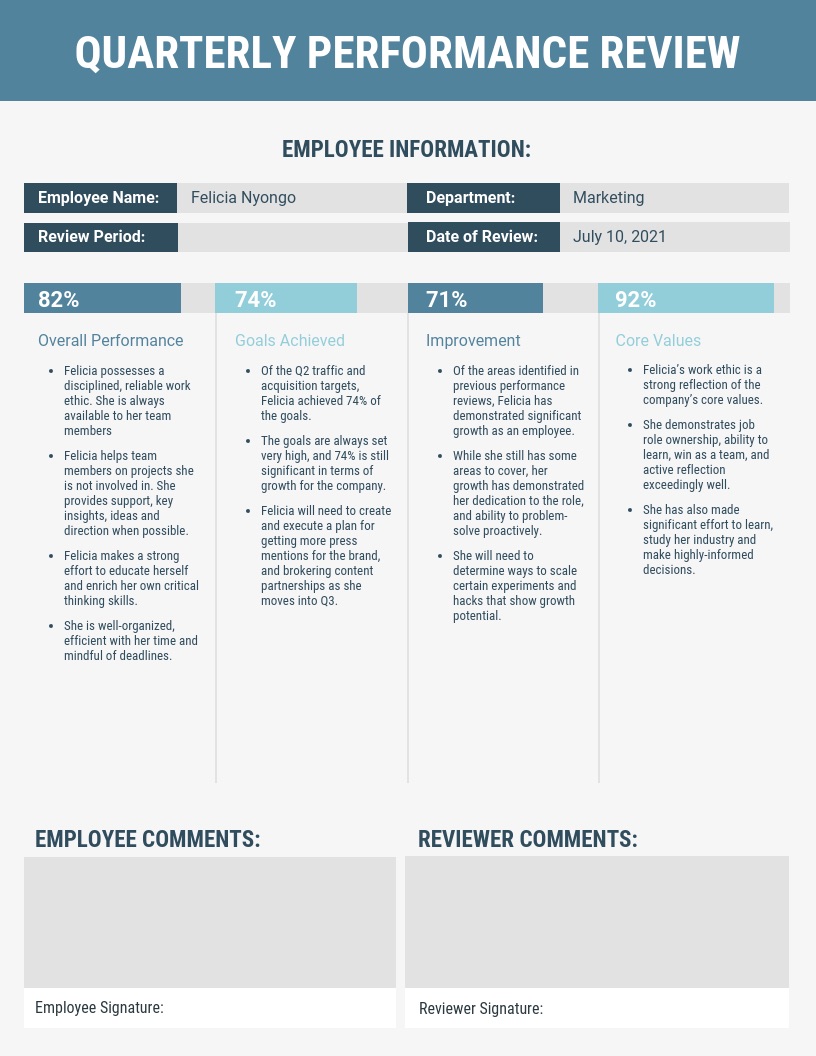
Memo
The most often used form of upward communication is when a text or a short piece of information is sent to the upper management by the subordinates.
Open Door Policy
Tho open door policy is meant to give employees the feeling that managers’ doors are open to their opinions and ideas. Whenever employees feel the need, they can walk into the manager.
Focus Groups
Focus groups normally involve HR and other executives of the company. They specifically discuss any current issue faced by the employee
Company Meeting
Company meetings are the most crucial part of effective upward communication. It takes place in the form of one-on-one talk, employee-to-manager meetings, team meetings.
Social Gathering
Social gathering is an informal form of upward communication. Many activities such as group discussion, the debate are organized to know the personal opinions of employees regarding the organization.
Benefits Of Upward Communication
Foster harmony: Upward communication fosters a positive atmosphere in the workplace, resulting in a calm and amicable connection between subordinates and superiors.
Provide feedback: Subordinates give back their reactions to the superiors’ decisions through this method of communication. As a result, upper-level management can check to see if lower-level staff have received the message from their superiors.
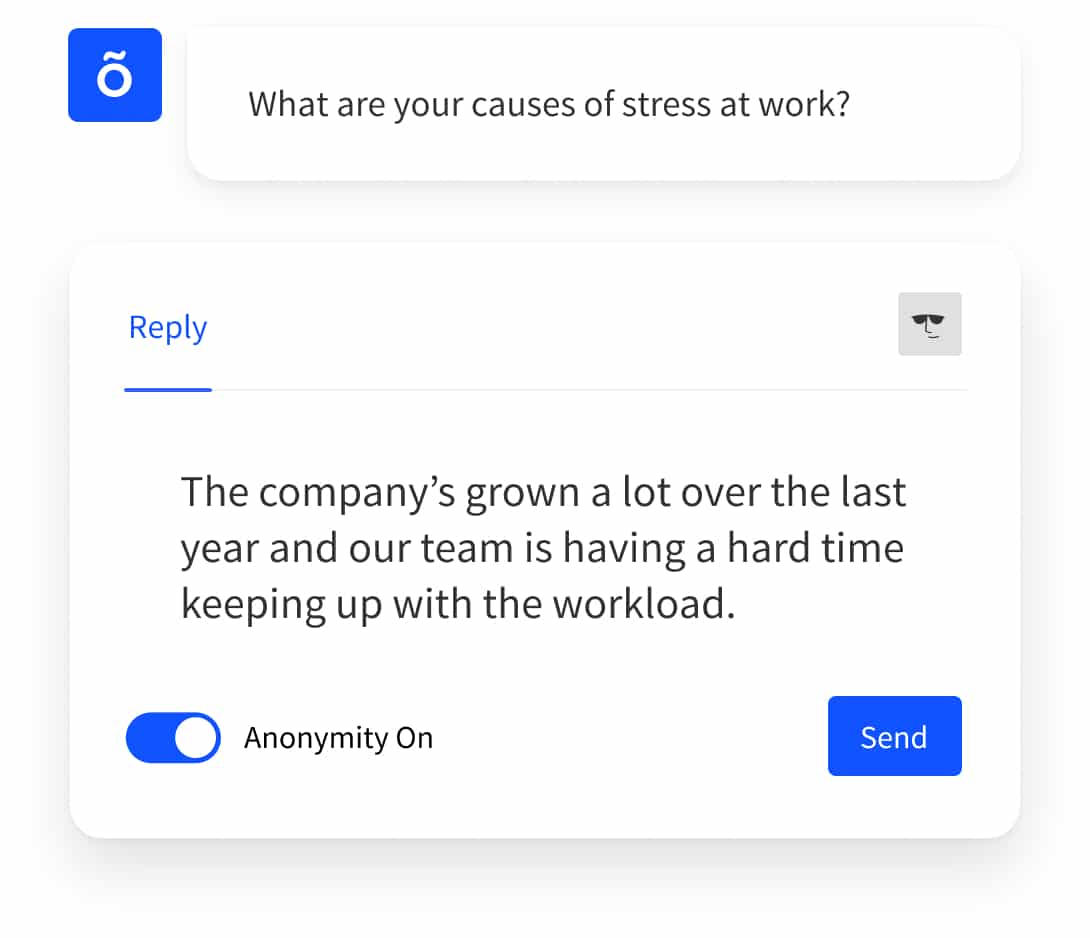
Empowers decision-making: This mode of communication allows subordinates to express their reactions to their bosses’ decisions. As a result, upper-level management can check to verify if lower-level employees have received their superiors’ messages.
Allow proper planning: Through upward communication, upper-level management can gather knowledge from lower-level management. Any plan can be developed and implemented using the information received from such communication.
Drawbacks of Upward Communication
Information interchange: Subordinates may adjust their true knowledge in upward communication. As a result, the senior executive is unable to make an informed judgment.
No active participation of employees: Sometimes employees show unwillingness to be present at the event. This creates disruptions in the process of upward communication.
Inferiority complex: The most serious issue with upward communication is being fair to superiors. Superiors frequently inquire about an employee’s work position and efficiency. Many employees are hesitant to interact with their superiors and share their thoughts, helpful comments, and opinions.
Inappropriate behavior: Employees may interact directly with their superiors, bypassing the proper channel or chain of command. Disciplines are not followed correctly here. Also, there may be intentional violations of certain rules to achieve personal goals.
Examples of Upward Communication
Here are a few illustrations of upward communication:

Work Performance Report
Performance reports allow lower-level employees to review the performance of their direct managers and other corporate leaders in upward communication.
Upper management performance reports could be presented at the same time as employee performance reviews to indicate that company executives, like their employees, recognize the importance of continuous improvement.
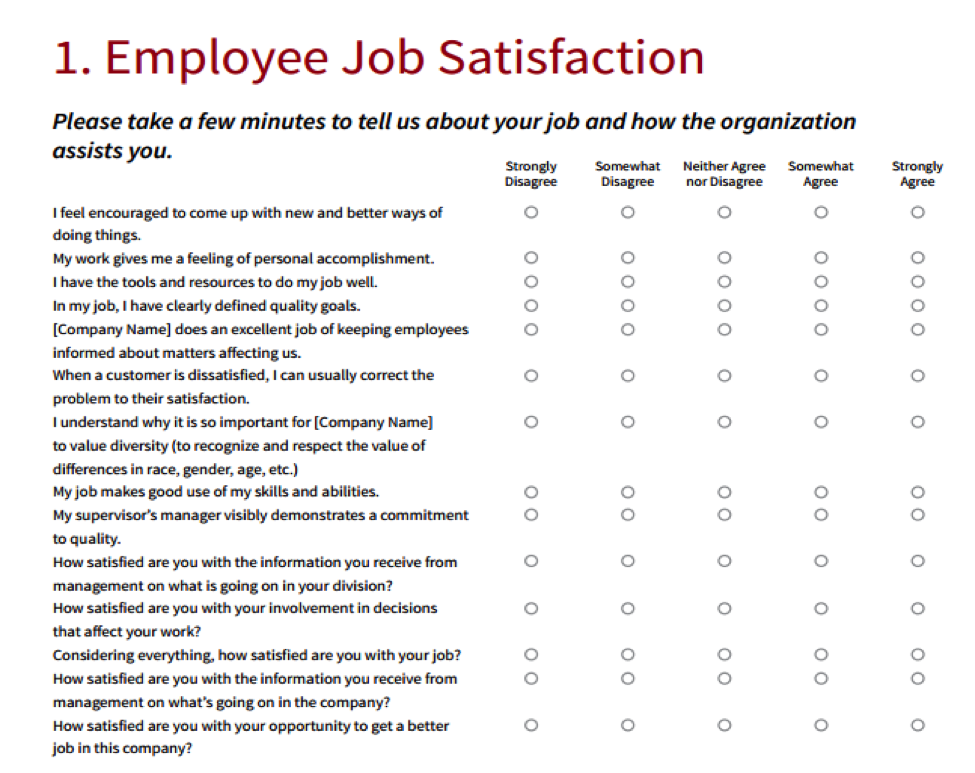
Employee Satisfaction Surveys
Lower-level employees can use performance reports to evaluate the performance of their direct managers and other business leaders, allowing for upward communication.
Upper management performance reports could be delivered concurrently with employee performance reviews to show that corporate executives, like their employees, value ongoing improvement.
Suggestion Box
Companies can either use an actual suggestion box where employees place written feedback, complaints, or advice for upper management to review, or they can use an online format. Company officials can create a “suggestion box” email address to which employees can send their digital feedback, complaints, or advice.
Focus Room
Employees from a corporation are usually accompanied by an HR specialist or a corporate representative in focus groups. Employees might address recurring concerns at the department level during focus groups, or company managers can utilize these meetings to gauge employee reaction to a new policy. Officials tape these meetings so that other executives can see them later and use them to help them make decisions.
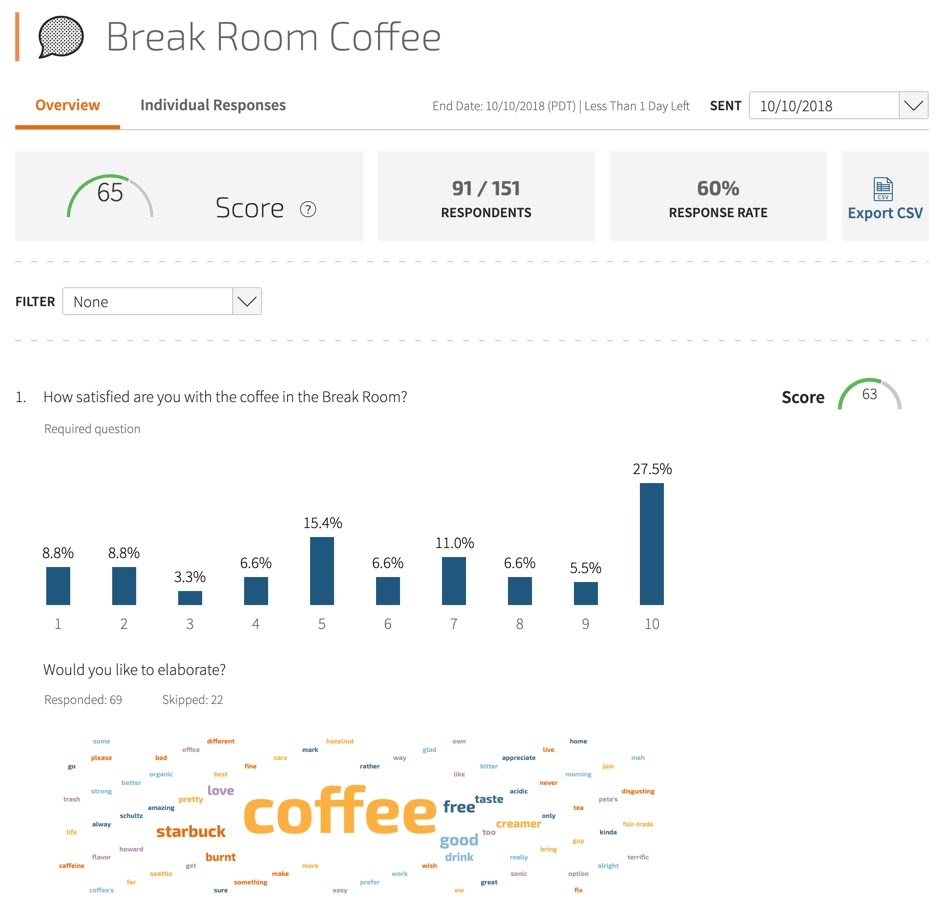
Employee Poll
Lower-level employees’ opinions are essential not only in terms of their manager’s performance but also in terms of the organization’s day-to-day operations and important company decisions.
Although managers have the last say, research suggests that involving the team in the decision-making process results in much better decisions.
Employee votes on any topic can be collected live in an office setting (e.g., by raising hands), but online polls can be used in remote-first enterprises and teams that rely on hybrid communication.
Simple emoji surveys on your team chat app can be used to create these polls. You can post a remark and ask employees to “respond” to it (for example, by using a poll).
Here at Sortlist, we use regular anonymous poll bots on Slack to have an overview of how our employees are doing.
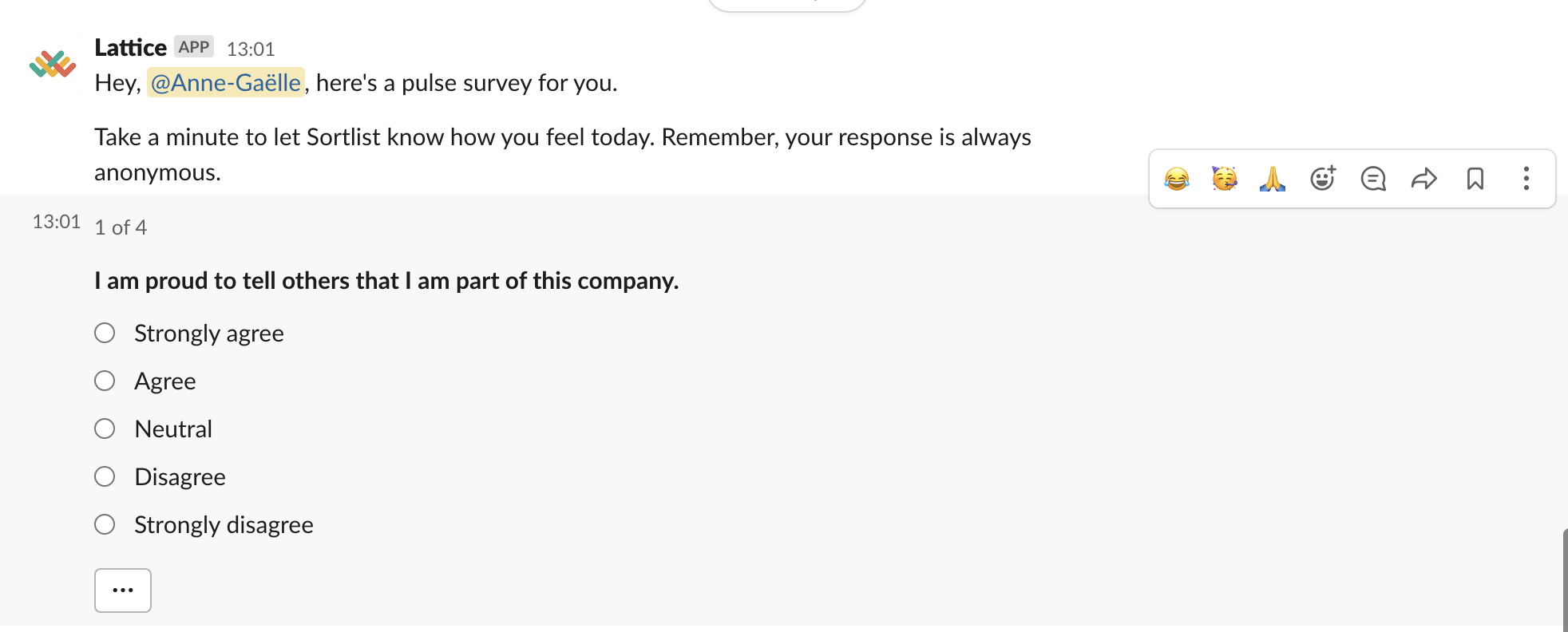
How to Foster Upward Communication in Organizations?
Here’s how you can adapt upward communication in your work culture:
Build an Open Communication Culture
Upper management should foster a listening culture in the workplace. Managers and supervisors who work with low- and mid-level staff should encourage two-way communication.
Managers should advocate digital open-door policies that allow employees to debate or offer comments without fear of retaliation, in order to foster a culture of upward communication.
Understand Employe’s Present State Of Mind
Organizations must first comprehend their employees’ existing state of mind in order to shift their focus to upward communication. Many multinational corporations with operations in multiple countries must understand the cultural differences among their employees and adjust their internal communication efforts accordingly.
The language used in messages sent up the corporate ladder might be influenced by cultural differences. If you want your employees to speak up and participate in everyday corporate conversations, you must communicate with them in a personal and relevant manner.
Encourage Employees to Create Content
Allowing your employees to develop and distribute their own material within the organization is one of the finest ways to demonstrate the value of upward communication and encourage them to speak up.
Consider implementing workplace communication solutions that don’t just rely on managers and leaders to drive the dialogue. Instead, encourage normal employees to write, publish, and share internet content about their own tales with others.
You can then even have employees as spokespeople of your company by engaging in employee branding.
Measure Employee Engagement
It’s only possible to drive and improve digital upward communication in the workplace if you know what you’re doing well and wrong. Internal communicators, managers, and leaders, in other words, must be able to assess how engaged their employees are with their communication messages.
They need to know what kind of material employees engage with in order to make data-driven decisions in the future.
Summing Up
All of these aspects point towards a single fact: upward communication is about adopting a collaborative environment where everybody’s opinion counts. Keep this in mind, and you will definitely excel in fostering it in your organization.





